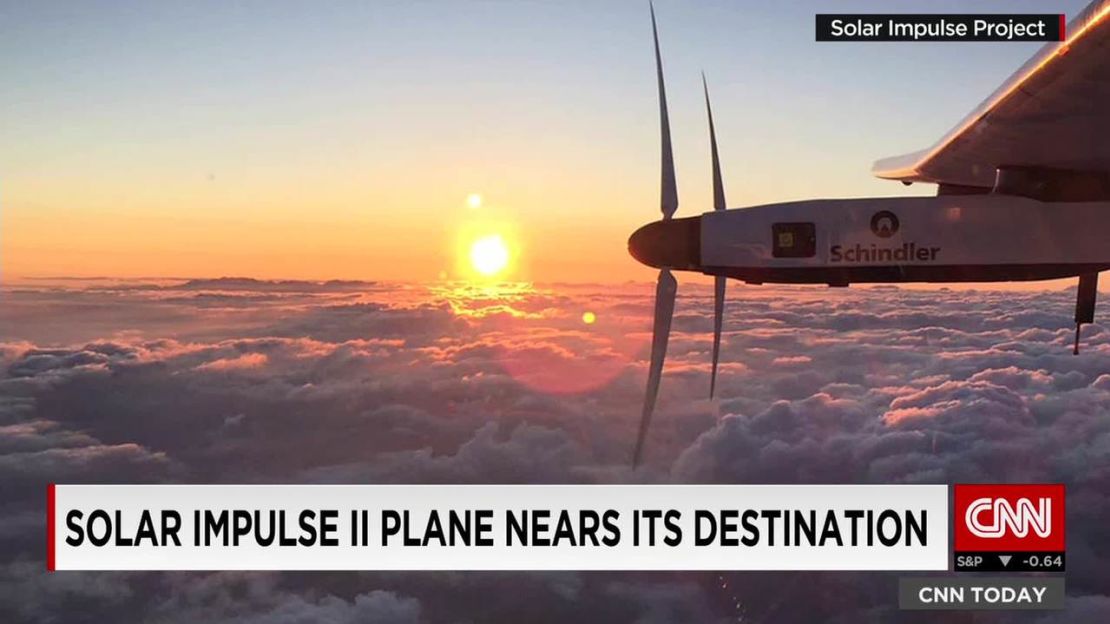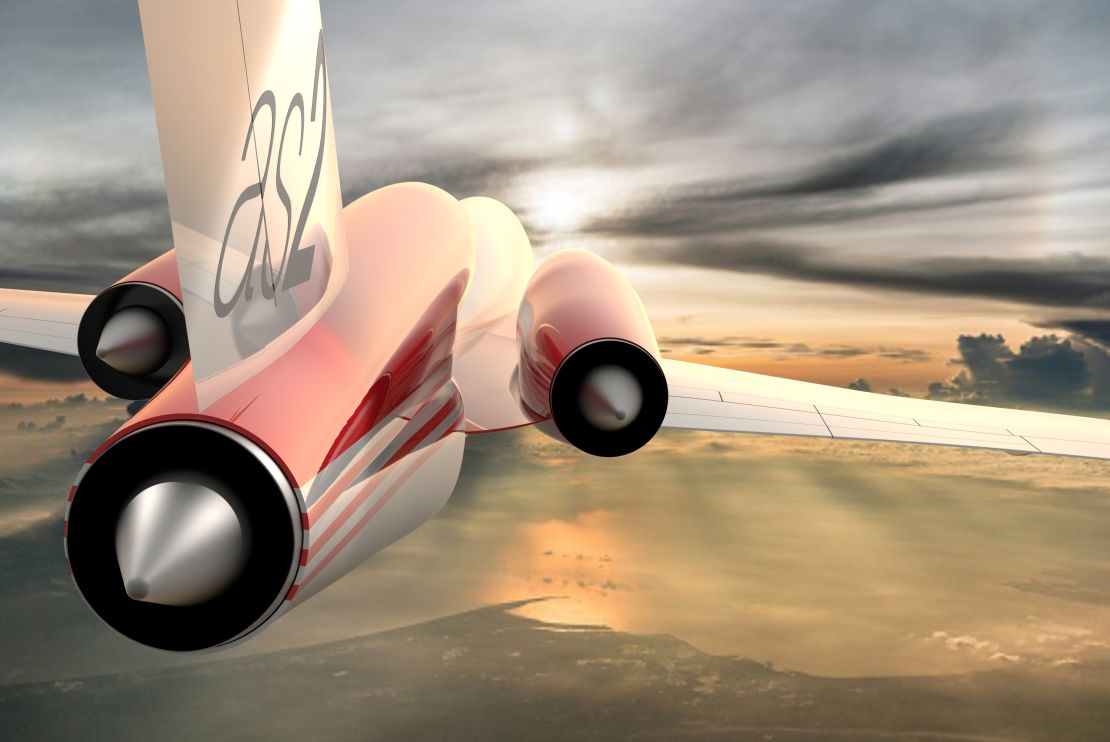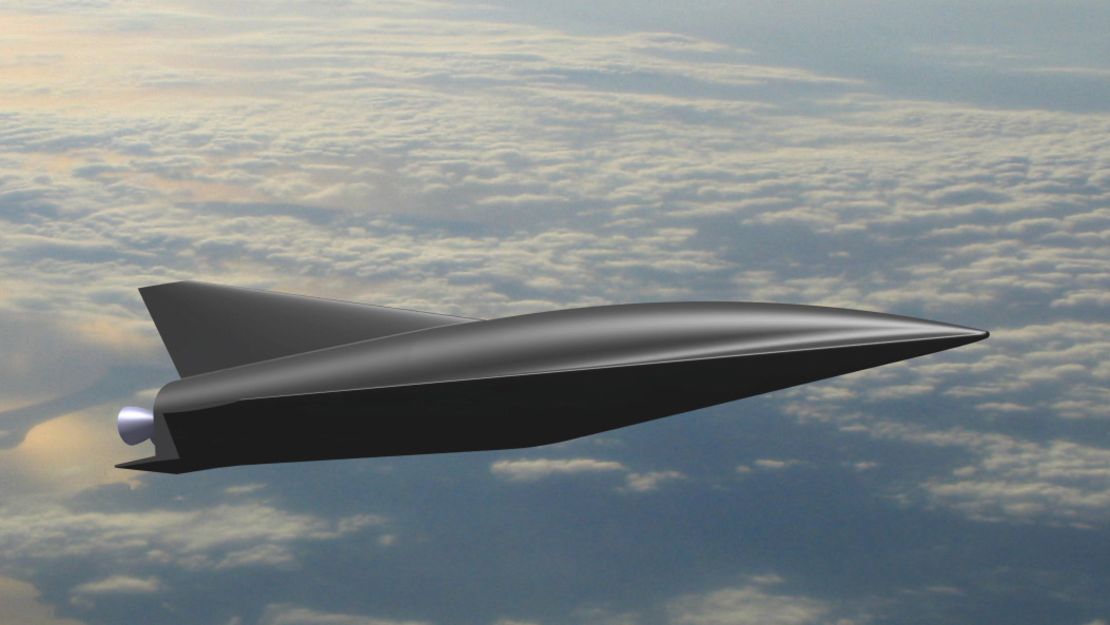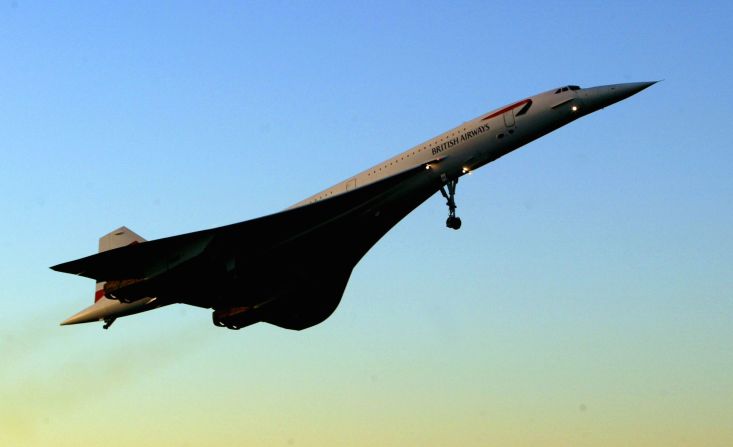We live in an era of fast technological change: self-driving cars, drones, artificial intelligence.
Yet the tube-shaped subsonic airliners we keep flying on wouldn’t look out of place in the 1960s.
Take, for example, the Boeing 737.
A 50-year-old design that remains one of the workhorses of the airline industry.
And going strong: Its latest iteration, the Boeing 737 MAX is expected to enter service next year.
To be fair, although from the outside it may look structurally similar to its earlier versions, decades of cumulative improvements have made the airliner of today a vastly more sophisticated, efficient and reliable machine.
Aircraft-making is an extremely capital-intensive activity and, given the financial and technical risks that launching an entirely new model entails, it’s understandable that the industry prefers to keep milking proven concepts.
But how long before the current generation of airliners reaches its limits?
From electric propulsion to hypersonics, from NASA to private entrepreneurs, the quest for new, truly groundbreaking, aircraft concepts is on.
And it has the potential to forever change our idea of air travel.
High-voltage innovation
Airbus, for example, has unveiled its future aircraft concept.
This isn’t exactly a new aircraft program, but a depiction of what would be possible if all of the futuristic technologies envisaged by Airbus could be combined to create the ideal airliner.
Across the Atlantic, Boeing is also working, together with NASA, on a number of futurist aircraft concepts within the framework of the New Aviation Horizons initiative.
MORE: Why the sun is setting on the Boeing 747
The SUGAR program (that stands for Subsonic Ultra Green Aircraft Research) has come up with some truly innovative aerodynamic and propulsion solutions.
These include an aircraft with eye-catching truss-braced wings and an hybrid gas-electric propulsion system fed by liquefied natural gas.
The search for new modes of propulsion is particularly important, as aviation remains one of the few major industries where replacing fossil fuels remains an unresolved challenge.

Biofuels may offer a stopgap solution, as they can be adapted to fit current engine technology and supply infrastructure.
But it’s electrically powered flight that’s captured the attention of a handful of visionaries.
It’s a technology still in its infancy, but one that benefits from the enthusiasm and resourcefulness of entrepreneurs, not unlike the mavericks of the early days of aviation.
By competing with each other to break the next record, they contribute to the advancement of the aeronautical science.
MORE: Space tech meets aviation
In 2015, as the long-winged Solar Impulse tried to circumnavigate the globe on solar power, teams were vying to be the first to cross the English Channel on an electric-powered aircraft.
French scientist and former yachtsman Raphael Dinelli is also preparing a solo crossing of the Atlantic later this year on a hybrid biofuel-electric light aircraft called Eraole.
His plane derives part of its energy from solar power. If successful, a derivative of Eraole might soon be serially produced for the private aviation market.
Beyond the boom
Electric and hybrid aircraft will make flying greener, but what about speed?
Significantly increasing the speed of current jetliners means, inevitably, breaking the sound barrier, which presents a whole set of challenges, not all of them technological.
Supersonic flight isn’t exactly new: The Concorde linked both sides of the Atlantic for more than three decades until economic and political issues led to its retirement in 2003.
The sleek Franco-British airliner remained an aeronautical curiosity, an experiment without continuity or replacement.
NASA has been particularly active in developing a new generation of more efficient, quieter supersonic airliners to revive commercial supersonic air travel as a viable proposition.
It’s worked on such concepts with Boeing through the New Aviation Horizons initiative, and recently teamed up with Lockheed to research Quiet Supersonic Technology (QueSST).

The key is to find a way to smother the sonic boom that’s produced whenever an aircraft breaks the sound barrier.
Concorde, for example, was only allowed to make full use of its supersonic capabilities when flying over the ocean, thus significantly limiting the number of markets it could serve.
A lower sonic boom may allow a future supersonic airliner to fly routes over land, vastly increasing potential markets.
Speed will still come at a cost, though. This why any supersonic comeback is likely to start with those that are most able to pay for it.
The Aerion Corporation, a Nevada-based private aircraft manufacturer, and Airbus have already started work on a supersonic private jet, the Aerion AS2.
Expected to enter service early in the next decade, it’ll be able to carry up to 12 passengers at speeds of Mach 1.6.
Hypersonic hype
Once you’ve broken through the sound barrier, why not double down?
Although still closer to sci-fi than the tangible realities of today’s aviation industry, several research organizations, from Europe to Japan, are making inroads into hypersonic flight.
We’re talking about aircraft capable of Mach 5 to 8, five to eight times faster than sound.
Realistically these revolutionary concept aircraft – with names like Lapcat and the Hikari – are several decades away, but they’re starting to appear like a very feasible possibility.
MORE: Hypersonic aircraft to go 5 times the speed of sound
One of the most ambitious concepts in the field of hypersonics is the SpaceLiner, being developed at the German Aerospace Center (DLR).
The SpaceLiner applies space technology to commercial aviation in order to achieve speeds of up to Mach 25, enough to travel from London to Australia in under 90 minutes.
In achieving this amazing speed, the SpaceLiner takes its passengers to the edge of space.
In fact, it’s a two-stage concept, reminiscent of the, now retired, space-shuttle.
A booster takes a civilian-carrying stage to a height of roughly 80 kilometers, where the passenger vehicle detaches itself to carry up to 50 passengers to the other side of the globe.

In line with stringent safety requirements, the passenger cabin can also double as a rescue capsule.
Both the booster and the capsule are fully reusable, an essential requirement to keep costs under control.
That’s a principle well understood also by SpaceX and the emerging private space industry, that has also focused on developing reusable space vehicles.
Dr. Olga Trivailo, a researcher at the German Space Center, DLR, says the SpaceLiner is also an environmentally friendly concept, using a rocket propellant mix of liquid hydrogen and liquid oxygen that produces only water vapour upon combustion.
Thus, hydrogen has potential as a non-fossil fuel alternative, although first, a way would need to be found to manage the associated higher costs compared with kerosene, predominantly due to new infrastructure requirements.
Dr. Martin Sippel, head of the Space Launcher Systems Analysis department at DLR’s Institute of Space Systems in Bremen, says it would be reasonable to expect wider use and implementation of hydrogen propellants in the next 35 to 50 years.
The bionic cabin
While it’s difficult to anticipate which one of these different approaches to the aircraft of the future will prevail, one thing seems sure: The air travel experience will be transformed.
Ergonomic and lighting improvements such as those found today on the newest airliners are just a foretaste of what lies ahead.
Even if Airbus’ vision of a “bionic smart cabin” made of natural, smart materials that adapt to the needs of each passenger is only partly realized, the scope for improvement is massive.
Paradoxically, though, and because of aerodynamic requirements, the supersonic and hypersonic aircraft of the future may well be windowless.
The need to make up for the lack of windows, plus the seating solutions that it opens up, is likely to spur a new wave of innovation that’ll further redefine the in-flight experience.
The aircraft of the future will certainly take us to our destination in a faster, greener and more comfortable way.
What’s not guaranteed is that we’ll still get our window seat.
Miquel Ros is an aviation blogger and consultant. An economist by background, he’s worked for Flightglobal and Bloomberg. He currently covers the airline industry through Allplane.tv and collaborates with luxury travel website Trovel and other online media.














